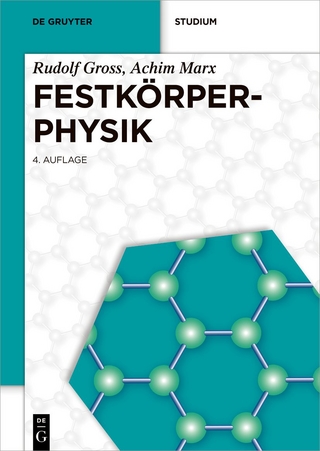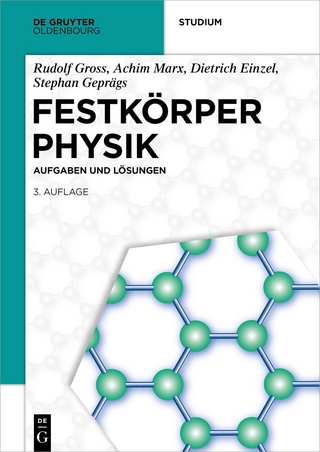
The Physics of Flocking
Cambridge University Press (Verlag)
978-1-108-83456-8 (ISBN)
In creatures ranging from birds to fish to wildebeest, we observe the collective and coherent motion of large numbers of organisms, known as 'flocking.' John Toner, one of the founders of the field of active matter, uses the hydrodynamic theory of flocking to explain why a crowd of people can all walk, but not point, in the same direction. Assuming a basic undergraduate-level understanding of statistical mechanics, the text introduces readers to dry active matter and describes the current status of this rapidly developing field. Through the application of powerful techniques from theoretical condensed matter physics, such as hydrodynamic theories, the gradient expansion, and the renormalization group, readers are given the knowledge and tools to explore and understand this exciting field of research. This book will be valuable to graduate students and researchers in physics, mathematics, and biology with an interest in the hydrodynamic theory of flocking.
John Toner is a theoretical physicist and Professor Emeritus at the University of Oregon, with a primary research focus in condensed matter physics. He predicted that soap is the best soundproofing material, and that quasicrystals are the hardest. He was awarded the American Physical Society's 2020 Onsager Prize in Statistical Physics for his pioneering work on flocking. He has also been the recipient of Simons and Gutzwiller Fellowships, and is a Fellow of the American Physical Society.
1. Introduction and motivation: are birds smarter than nerds?; 2. Dynamical derivation (and a more conventional one) of the Mermin–Wagner–Hohenberg Theorem; or, why we can't all point the same way; 3. The dynamical Renormalization Group;; or, why we can do physics, illustrated by the KPZ equation; 4. Formulating the hydrodynamic model for flocking; 5. The dynamical renormalization group applied to the flocking problem; 6. Incompressible polar active fluids in the moving phase in dimensions d > 2: the 'canonical' exponents; 7. Heuristic argument for the canonical exponents ('20–20 hindsight handwaving argument'); 8. Incompressible flocks in spatial dimensions d = 2: mapping to the KPZ equation; 9. 'Malthusian' flocks (flocks with birth and death); Bibliography; Index.
| Erscheinungsdatum | 14.05.2024 |
|---|---|
| Zusatzinfo | Worked examples or Exercises |
| Verlagsort | Cambridge |
| Sprache | englisch |
| Themenwelt | Naturwissenschaften ► Physik / Astronomie ► Festkörperphysik |
| Naturwissenschaften ► Physik / Astronomie ► Strömungsmechanik | |
| Naturwissenschaften ► Physik / Astronomie ► Thermodynamik | |
| ISBN-10 | 1-108-83456-6 / 1108834566 |
| ISBN-13 | 978-1-108-83456-8 / 9781108834568 |
| Zustand | Neuware |
| Haben Sie eine Frage zum Produkt? |
aus dem Bereich


